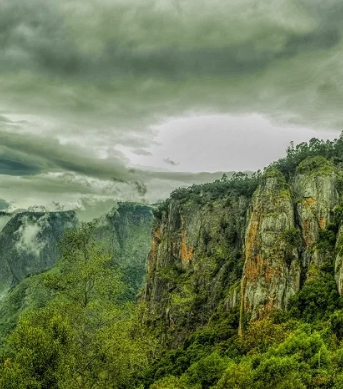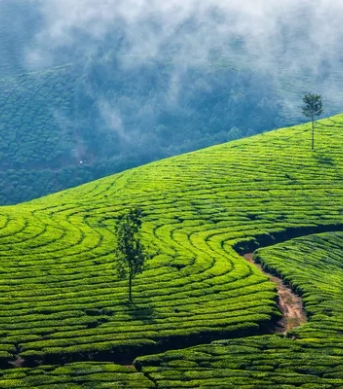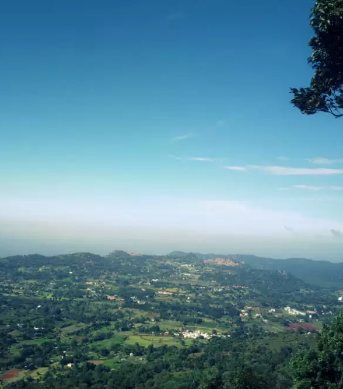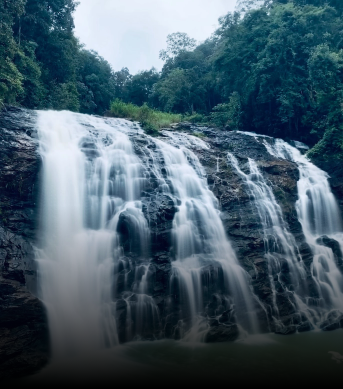Explore
The Kodaikanal
 Overview
Overview
The town of Kodaikanal sits on a plateau above the
southern escarpment of the upper Palani Hills at
2,133 metres (6,998 ft), between the Parappar and
Gundar Valleys. These hills form the eastward spur
of the Western Ghats on the Western side of South India.
Meadows and grasslands cover the hillsides. Gigantic
Eucalyptus trees and shola forests flourish in the
valleys. Mighty rocks and cascading streams lie above
the valleys. There are many high waterfalls and
ubiquitous gardens and flower beds in bloom.
Kodaikanal is known for its rich flora.
Pear trees are numerous and the fruits are of high quality.
Large dahlias of different hues are the main attraction
of Bryant Park, situated close to the Kodai lake.
The town abounds in a kind of beautiful yellow wild flowers.
On the west is a plateau leading to Manjampatti Valley,
Indira Gandhi National Park, the Anamalai Hills and the
main body of the Western Ghats of Kerala boarder.
 Place Of
Interest
Place Of
Interest
Just east of the lake and 500 metres (1,600 ft) from the bus stand, is a wonderfully maintained 20.5 acres (8.3 ha) botanical garden. The park was planned and built in 1908 by a forest officer from Madurai, H.D.Bryant, and named after him.
Coaker's Walk, 500 metres (1,600 ft) from the bus-stand, constructed by Lt.Coaker in 1872, is a 1-kilometre (3,300 ft) paved pedestrian path running along the edge of steep slopes on the southern side of Kodai.
Green Valley View, (formerly called Suicide Point) 5.5 kilometres (3.4 mi) from the bus-stand and near the golf course, has an excellent panoramic view of the plains and a sheer drop of 1,500 metres (4,900 ft) overlooking the Vaigai Dam to the south.
Shembaganur Museum of Natural History, 6 kilometres (3.7 mi) from the bus-stand, founded in 1895, is open to the public (except Tuesdays) for viewing their outstanding taxidermy collection of more than 500 species of animals, birds and insects and a living collection of over 300 exotic orchid species.
Guna caves, made popular by the Tamil movie Gunaa, previously called Devil's Kitchen, are deep bat-infested chambers between the three gigantic boulders that are the Pillar Rocks



